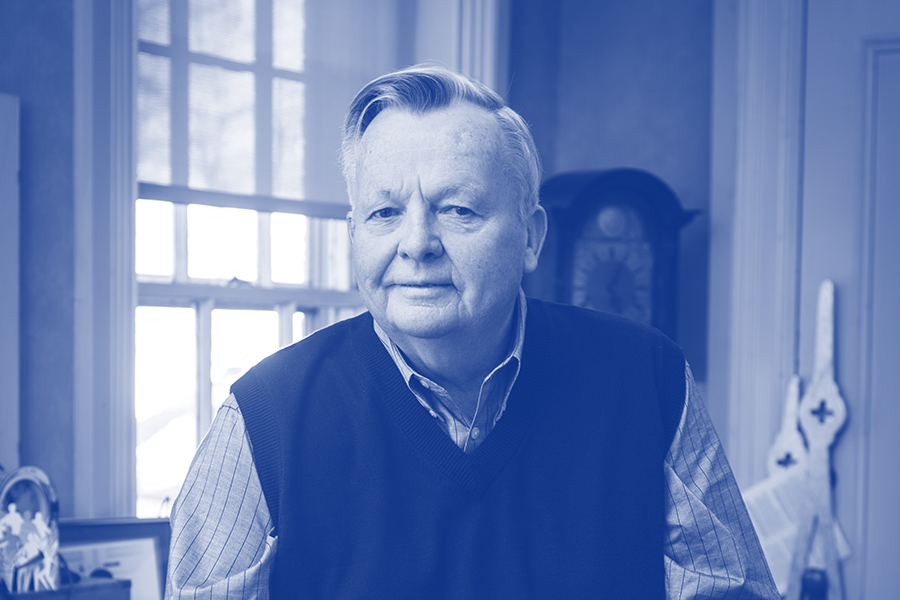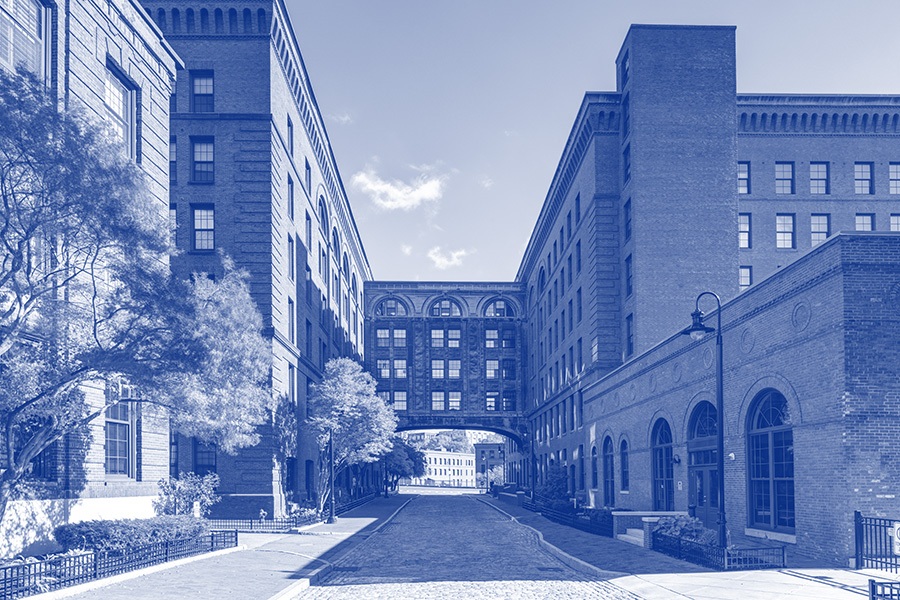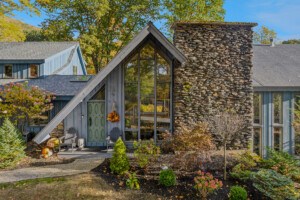Building Boston: A Chat with Robert Verrier of the Architectural Team, Inc.
He's finding new uses for existing buildings and underutilized land throughout the state.
Welcome to Building Boston, where we chat with local developers, builders, architects, and change-makers about our city.

Photo courtesy of TAT
Meet Robert Verrier. He founded the Architectural Team Inc., or TAT, in 1971. The firm works on transforming historical structures like the new Converse HQ at Lovejoy Wharf, the restored Baker Chocolate Factory complex in Dorchester, and more.
My favorite building in Boston’s skyline is…the Custom House Tower in McKinley Square. It was Boston’s first skyscraper, and the city’s tallest building until the Prudential Center came along in the 1960s. The original Custom House structure was built on filled land from the harbor in the 1830s, the tower was added in the 1910s, and after sitting vacant in the 1980s and 1990s, it’s now a popular hotel. I love how the building has changed and evolved over time, just like Boston itself. The Custom House Tower encapsulates our city’s architectural heritage and resourcefulness.
If there’s one thing I could change about Boston, it would be…the Seaport District. Nothing about it says, “Boston!” The city had an opportunity to create a vibrant, mixed-income neighborhood with green space, full waterfront access, and good public transit. Instead, we allowed a chaotic building frenzy. Boston’s history and culture are absent, along with any comprehensive strategy to address potential future challenges like climate resilience or transportation. We can do better, but only if we approach development with a more cohesive vision.
I’m working on…finding new and valuable uses for existing buildings and underutilized land throughout the state. As a firm, we are working on projects as diverse as the renovation of large-scale public housing in South Boston and the repurposing of abandoned mill buildings in Lowell, Fitchburg and Ludlow—there’s so much opportunity to reuse and renew what we already have. You just have to see the potential and possibilities. It’s a challenge, but it’s exciting.
Historic preservation is…a way to understand who we are, what ties us to the past, and what ties us together. A city’s historic fabric reflects its roots and diversity, its growth and its challenges—buildings tell the stories that make a place and its people unique. Just take a walk through our enchanting neighborhoods. From Beacon Hill and Back Bay, to the South End, North End, and Charlestown, these are beautiful and uniquely Boston. There’s a pride that comes from feeling connected to where you live. Celebrating this specialness encourages people to care about and give back to their communities.
In 15 years, I hope Boston will…continue to be mindful and aware of how valuable an asset it has in the city itself, and make innovative choices about using its resources in order to encourage a stronger mix of affordability, diversity and culture.
To help ease the housing crisis, I’m…working with forward-thinking organizations like the Planning Office for Urban Affairs (POUA), part of the Archdiocese of Boston, to find innovative solutions for affordable, workforce, and permanent supportive housing. It’s crucial for housing agencies to keep supporting the developers and architects who are creating these projects in the city and surrounding suburbs. The cost of housing and housing construction is at an all-time high; low- and moderate-income Bostonians are being forced out of the city. The only way we can make a real impact is through working collaboratively to build inclusive and prosperous communities.
Honestly, I hate it when…I realize how fast my grandkids are growing up. I can’t change the passage of time, but that’s why it feels so important to be thoughtful, and to approach development with a long view. This will be their city one day. It makes me proud and hopeful to think that some of the decisions we’re making now can help create a better Boston for the future.

The Baker Chocolate Factory in Dorchester / Photo courtesy of TAT


